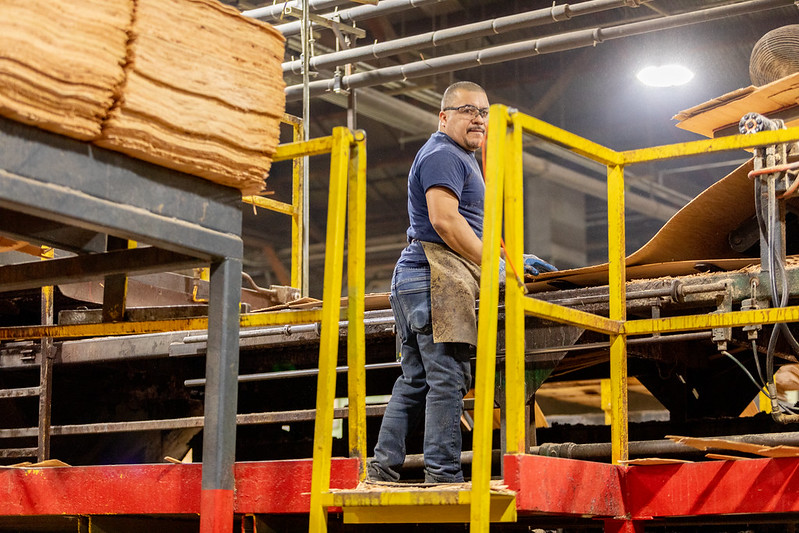Storm clouds are brewing on the horizon from a macroeconomic perspective. The jobs report showed that nonfarm payrolls soared 336,000 while the consensus estimate was 170,000. This would generally be considered good news, but in an inflationary market with an active Fed, there are concerns that this will encourage the Fed to continue raising interest rates to curb future inflation.
Higher interest rates are impacting wood products markets. Housing starts reached a decade high of 1.8 million starts in April 2022 but have since retreated to 1.41 million seasonally adjusted starts by August 2023. The average housing starts in 2024 are projected to be 1.388 million due to the headwinds from higher interest rates. New and existing home sales have plummeted as houses available for sale have declined.

New home inventories are down to a 7.3-month supply and existing homeowners with good mortgage rates are staying in their homes, leading to low inventories of homes available for sale and still increasing average home sales price. The long-term housing shortage persists but is actively crashing against the Fed’s efforts to slow the housing market.
We enter the winter markets on unexpectedly strong footing. Panel sales have been strong over the last eight weeks. Weakness in the OSB and lumber markets last week led to reduced sales, but we still have a considerable order file to work off and the lowest panel inventory we have seen in 24 months. Veneer inventories are also extremely low. We are running hand-to-mouth on veneer inventory at our plywood facility and are just as short at both green and dry veneer facilities. Veneer sales have been good, but not fantastic. Plywood and LVL markets have driven veneer sales equally. Plywood supply and demand seem to be relatively balanced as we approach the winter months.

Anticipation seems to be the predominant emotion in the wood products markets. Wood products manufacturers can be serial pessimists; even during good markets we are anticipating bad ones. While the market has outperformed most expectations, manufacturers do not want to add shifts out of concerns of future recessionary markets and the difficulty of finding good labor. Persistently high log costs also dampen incentives to add production. It is difficult to stick your neck out on long-term sale contracts with the Fed actively trying to slow the economy.
In summary, markets have been better than anticipated going into the last quarter of 2023, but the increase in material and manufacturing costs have still made the current market difficult. We still aren’t running our plants at full capacity, but we’re running as much as our current shift schedules allow.
Subscribe
We’ll send you a notification when a new story has been posted. It’s the easiest way to stay in the know.